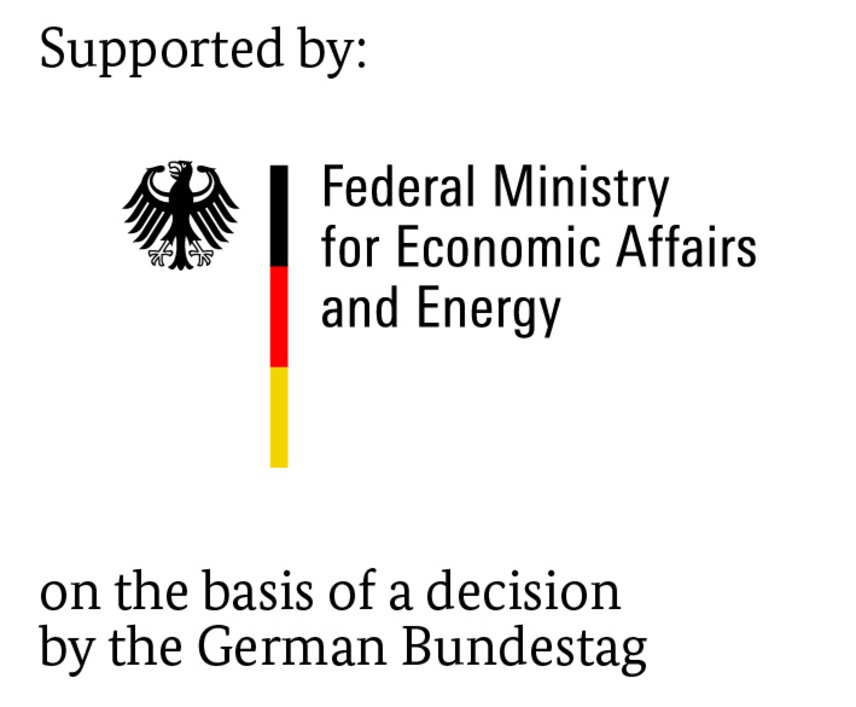Dry mortar is used at almost every construction site. Key factors to their high performance are the cement and admixtures. Most of these products contain Portland cement due to the lack of knowledge on influences of cement main constituents other than clinker on the product performance and on the effects of admixtures. One of the most important admixtures for dry mortar are water-retaining admixtures, e.g. cellulose ethers.
Interactions between different structured or modified methyl hydroxyethyl celluloses and cements blended with limestone, blastfurnace slag or fly ash were determined. Results show the principal suitability of blended cements for dry mortar and also benefits compared to the use of Portland cement. Additionally, important information regarding the performance and application of dry mortar containing blended cements are given.

